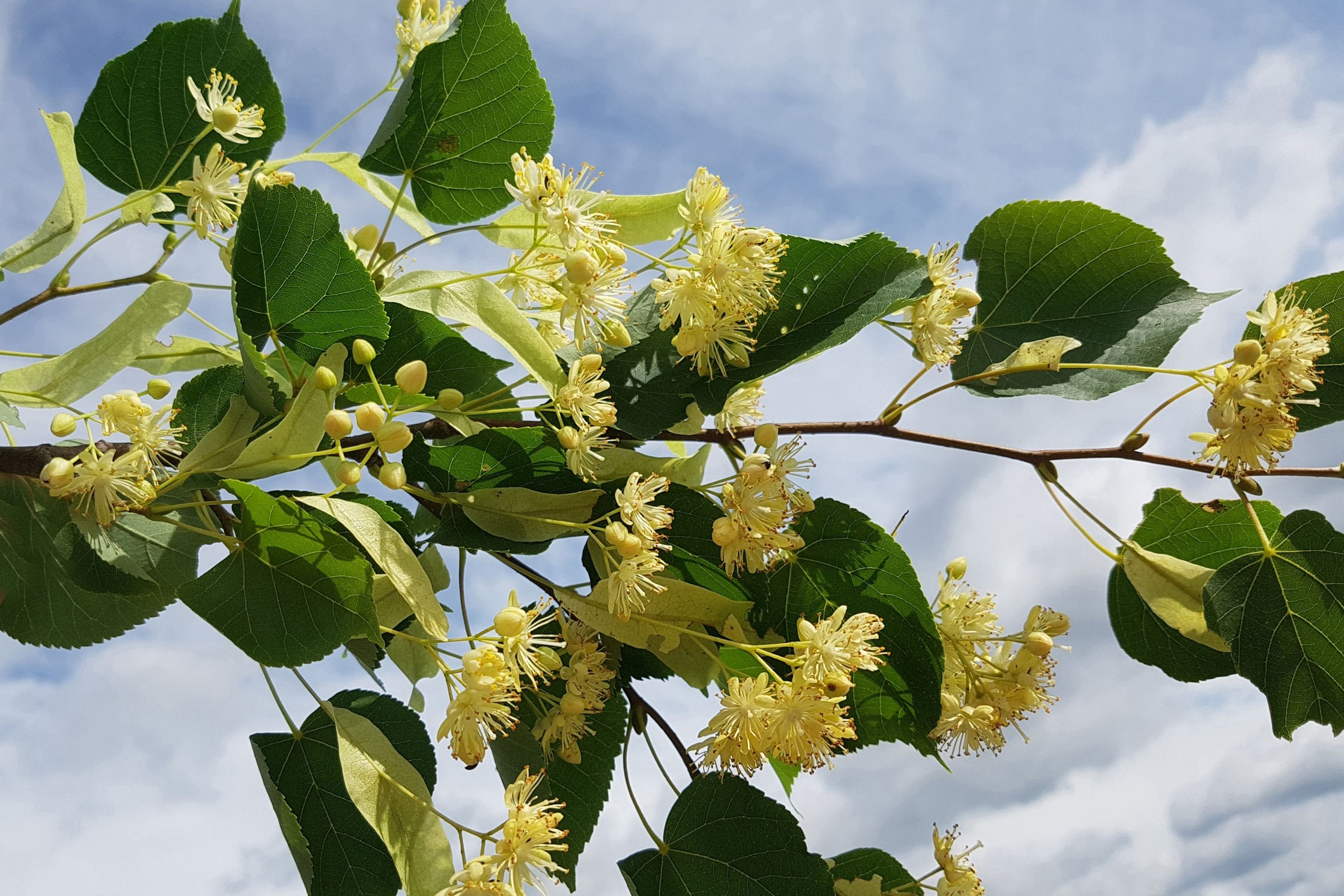Mongolian Linden
(Tilia mongolica)

Description
Tilia mongolica Maxim., commonly known as Mongolian lime, was discovered by Pere David in 1864, and introduced to the West by Bretschneider, who sent seed to Paris in 1880, and later the Arnold Arboretum in 1882. The tree is native to Mongolia, eastern Russia, and northern China, growing at elevations of 1200–2200 m. Mongolian lime is a small slow-growing deciduous tree of rounded, compact habit, reaching < 10 m in height. The dense, twiggy growth and glabrous reddish shoots bear leaves 4–7.5 cm long, coarsely toothed with 3–5 lobes, superficially resembling ivy or maple leaves. The emergent leaves are bronze, turning glossy green in summer, and bright yellow in autumn. The greenish-white flowers are borne in clusters of 6–20 in June and July. A tree planted at Kew at the end of the 19th century flowered while only 1.5 m high in 1907. The tree was introduced to commerce in the UK by Harry Veitch at the Coombe Wood Nursery from material collected for him by Purdom in northern China. In the UK, the TROBI champion grows at Thorp Perrow Arboretum, Yorkshire; planted in 1936, it measured 20 m tall by 59 cm d.b.h. in 2004. A specimen planted in 1983 grows at Exbury Gardens in Hampshire. Tilia is a genus of about 30 species of trees or bushes, native throughout most of the temperate Northern Hemisphere. The tree is known as linden for the European species, and basswood for North American species. In Britain and Ireland they are commonly called lime trees, although they are not related to the citrus lime. The genus occurs in Europe and eastern North America, but the greatest species diversity is found in Asia. Under the Cronquist classification system, this genus was placed in the family Tiliaceae, but genetic research summarised by the Angiosperm Phylogeny Group has resulted in the incorporation of this genus, and of most of the previous family, into the Malvaceae. Tilia species are mostly large, deciduous trees, reaching typically 20 to 40 m (65 to 130 ft) tall, with oblique-cordate (heart-shaped) leaves 6 to 20 cm (2+1⁄4 to 7+3⁄4 in) across. As with elms, the exact number of species is uncertain, as many of the species can hybridise readily, both in the wild and in cultivation. They are hermaphroditic, having perfect flowers with both male and female parts, pollinated by insects.
Taxonomic tree:







